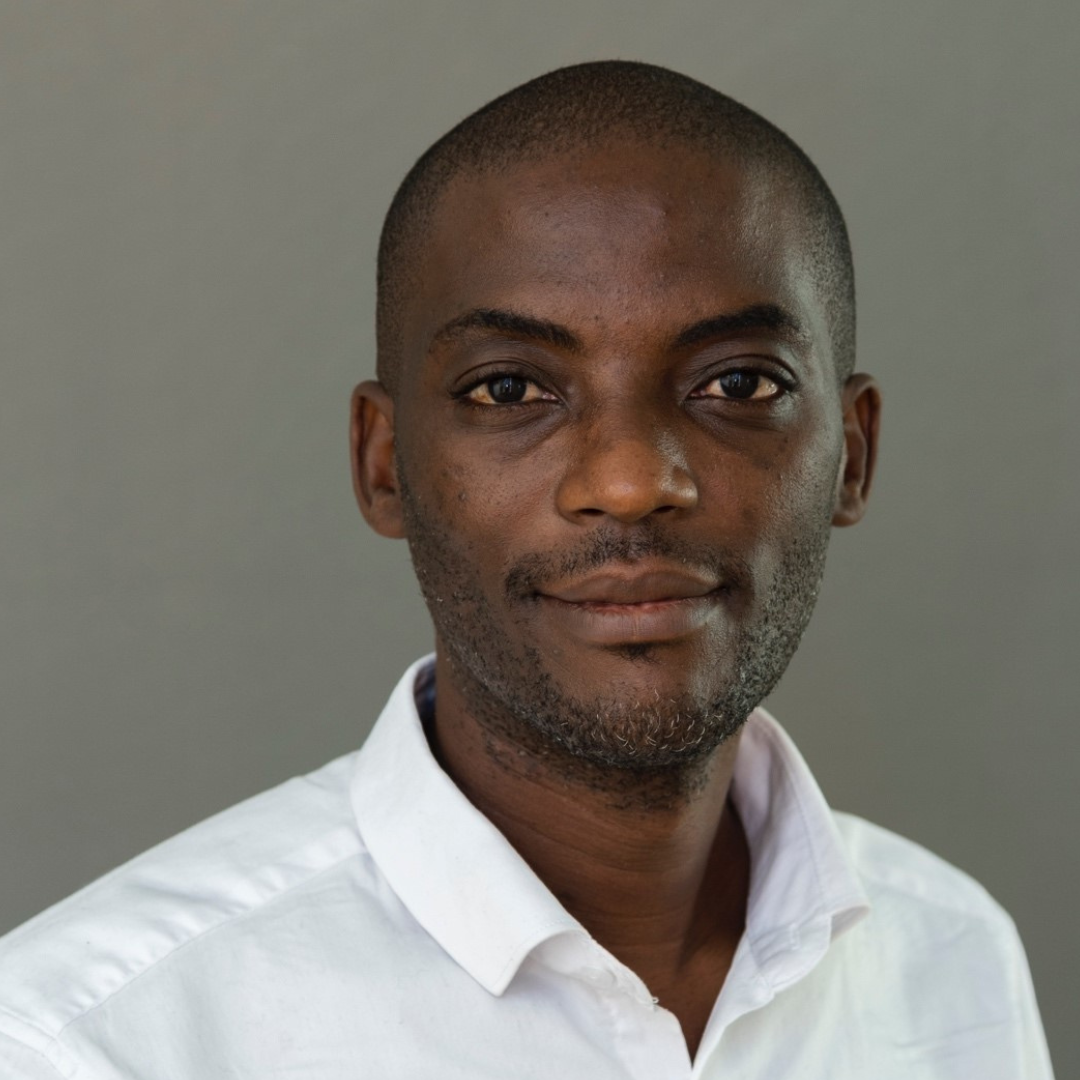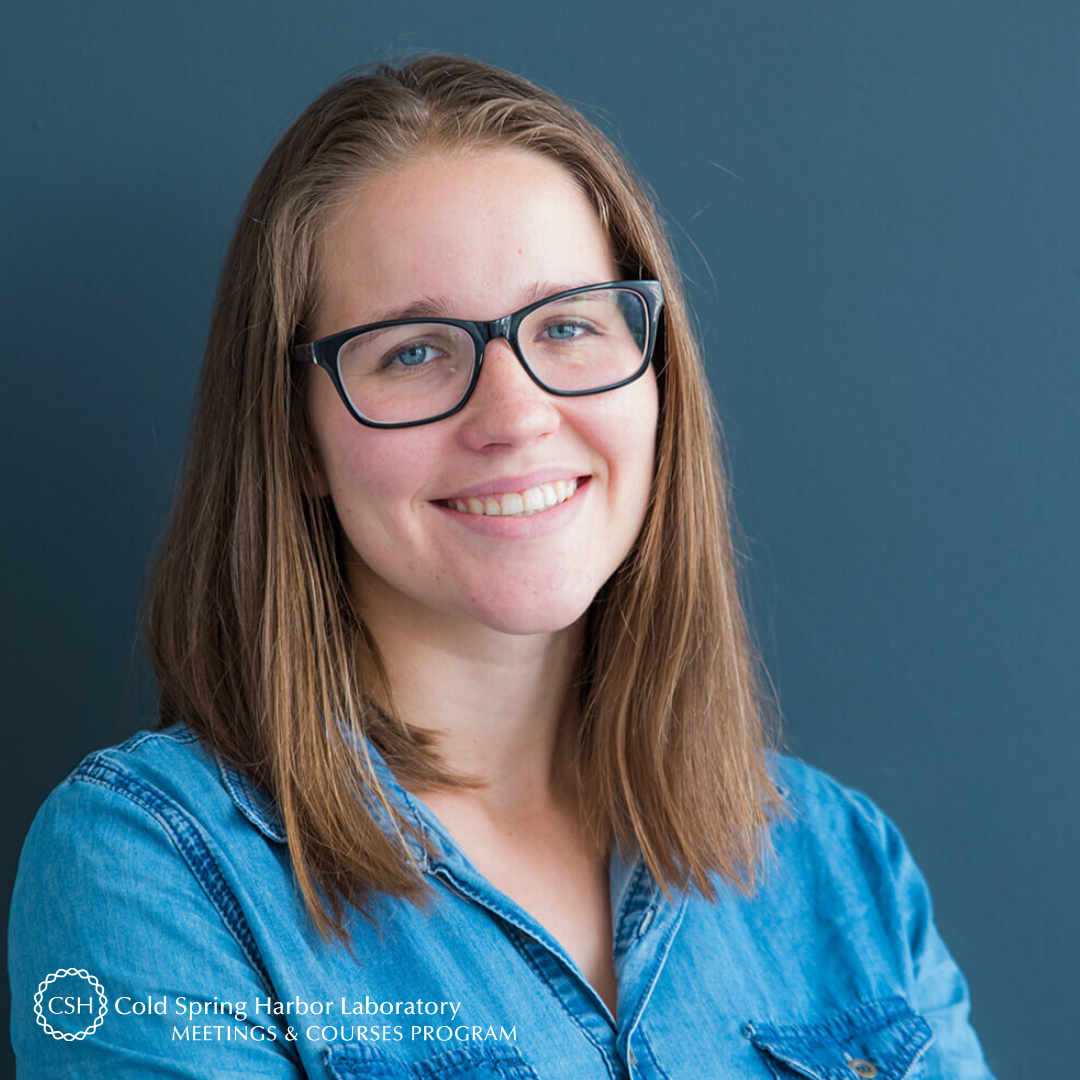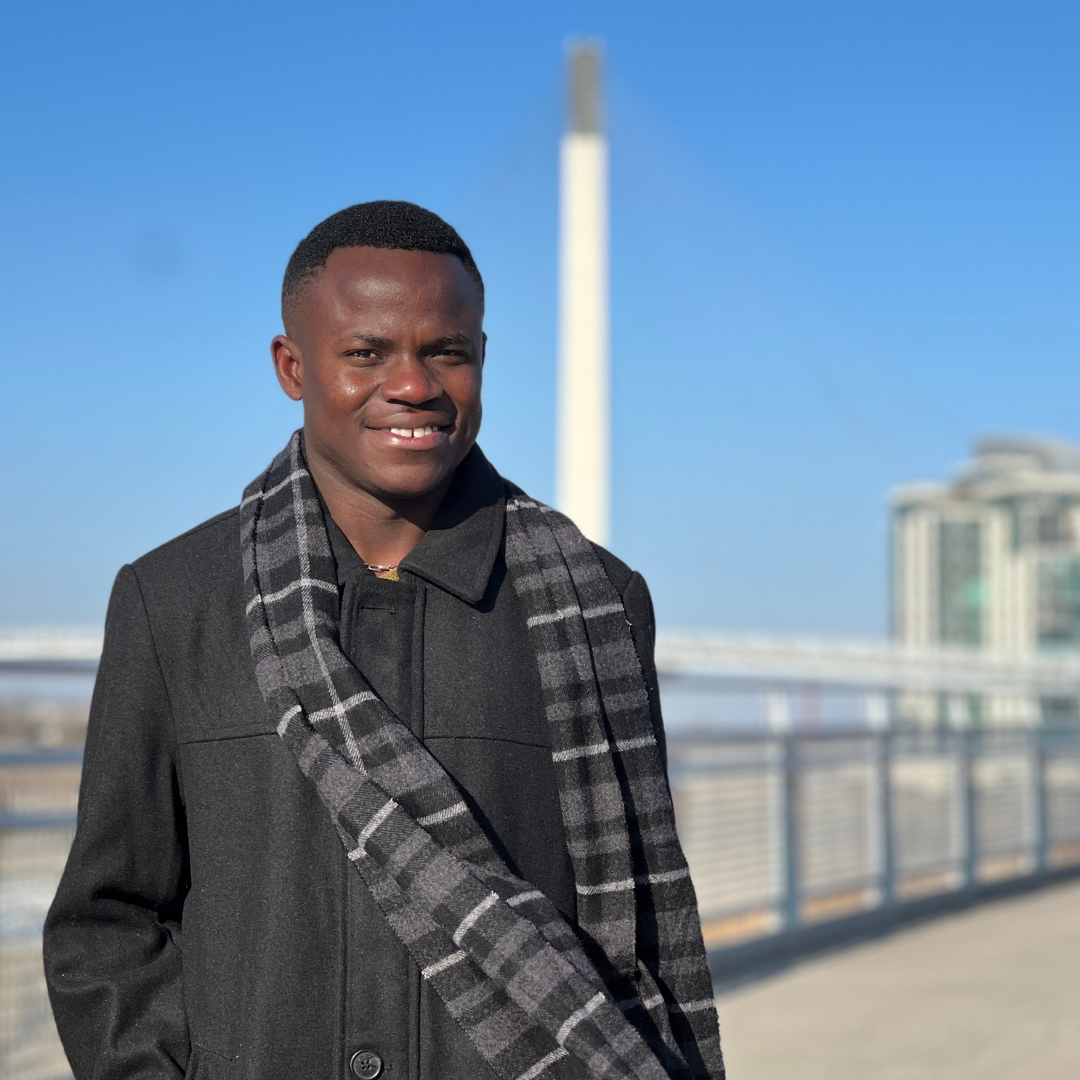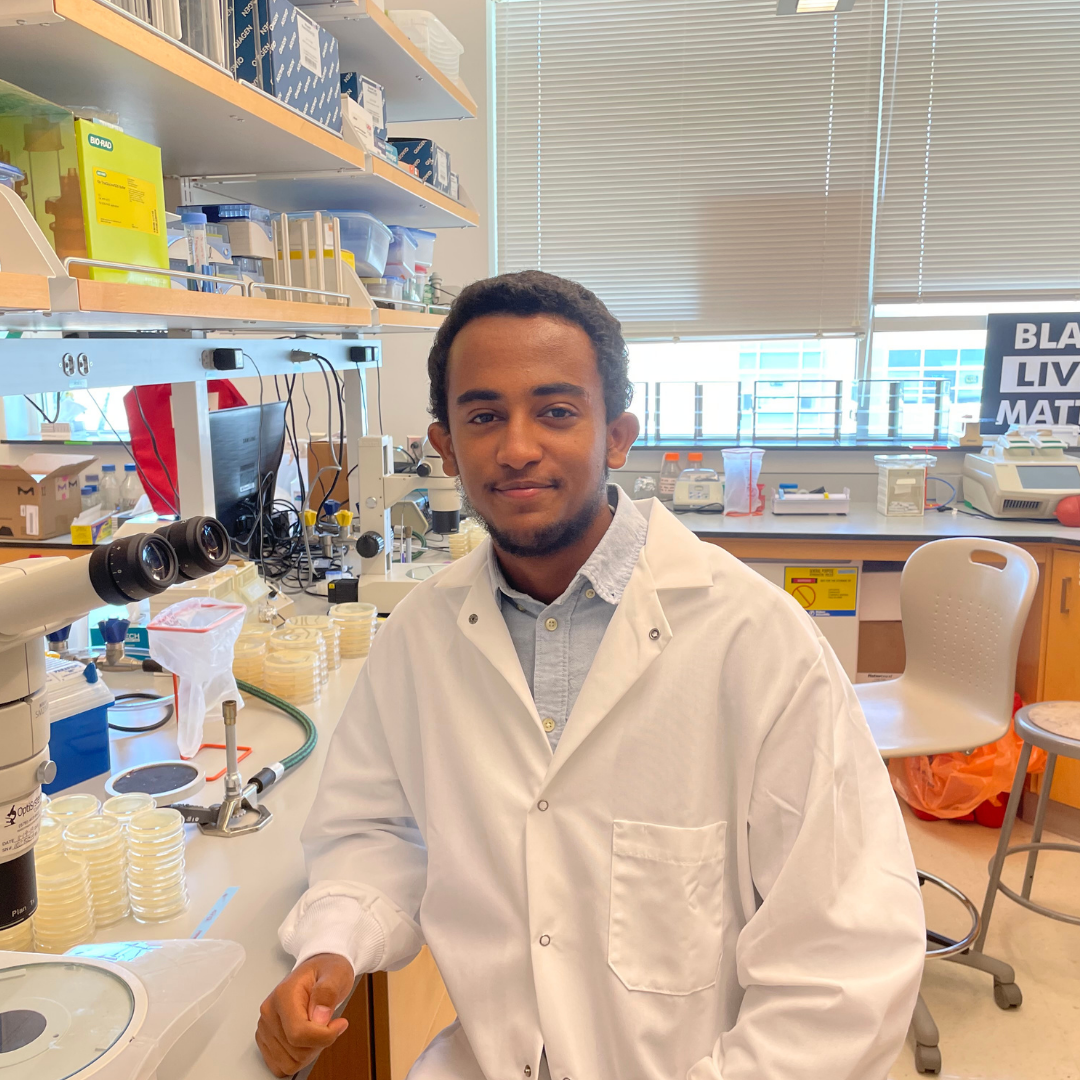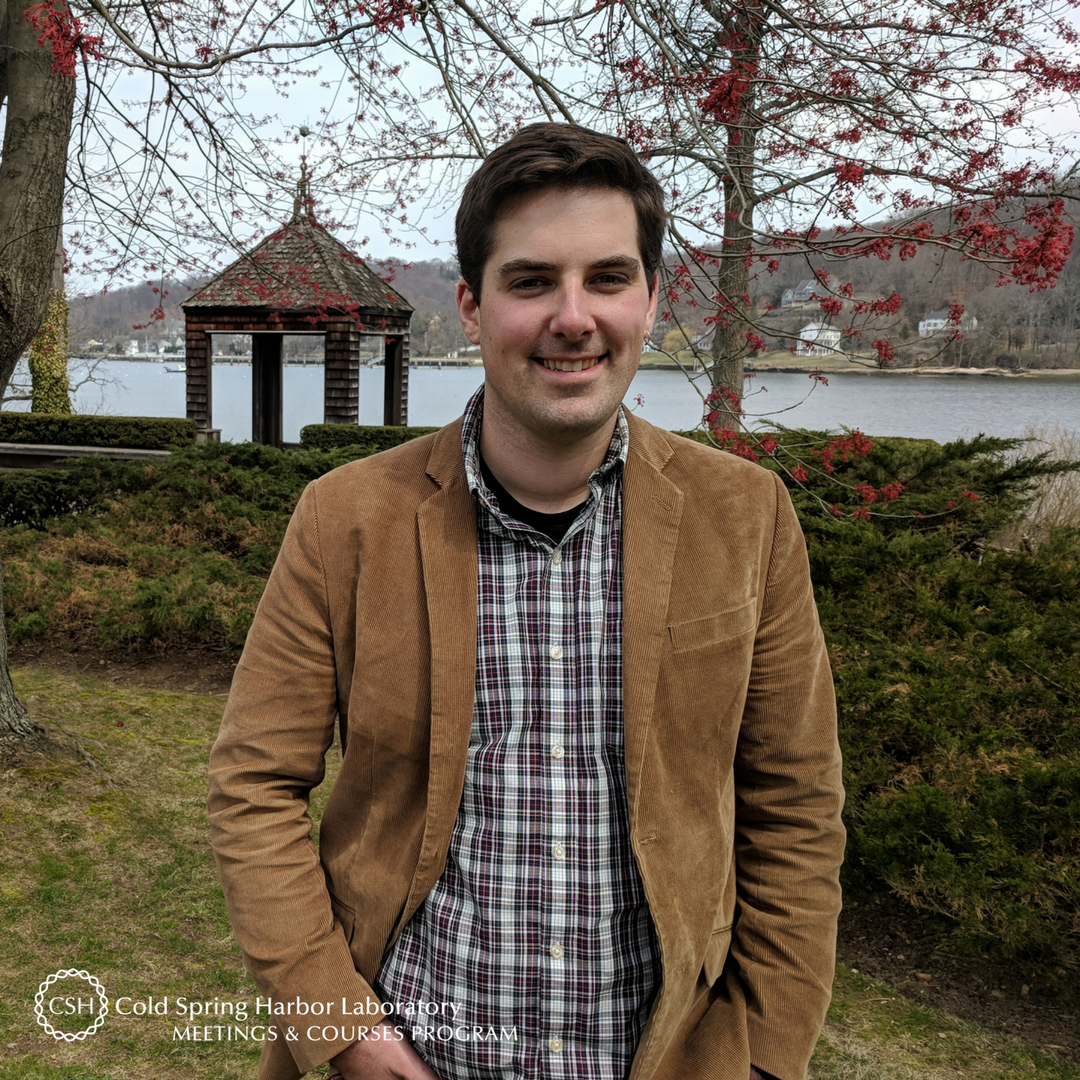Meet Ayse Malci of the Children’s National Hospital where she is a member of Dr. Michael S. Sidorov’s lab. The postdoctoral fellow is at Neuronal Circuits; her first-ever meeting at CSHL that also happens to be her first in-person meeting since the pandemic. Here’s what she has to say about it:
This was my first in-person meeting since the pandemic started and I realized how much I have actually missed this dynamic and vivid environment! It just feels more natural to interact and share compared to virtual meetings. Since I knew that everyone who participated in-person was immunized, I also felt safe to be in contact with other participants.
Tell us about your research.
My research focuses on how neuronal circuits are shaped by visual stimuli and how they are altered in neurodevelopmental disorders. I am interested in investigating neuronal activity in the anterior cingulate cortex (ACC) by using cutting-edge fluorescent imaging techniques and Angelman’s Syndrome (AS) model mice. Ultimately, I aim to discover the cellular features and signatures of neurons within the microcircuits that are responsible for the impairments in the ACC of AS model mice.
How did you decide to focus on this area/project?
I always think of the human brain as a closed box and there is still a lot to explore within there. Among many other interesting fields, neurodevelopmental disorders (NDD) particularly take my attention because it sadly affects children who are our source of all joy. For a better understanding of NDD, I have decided to invest my postdoctoral research in neuronal circuits and in vivo neuronal activity. To do so, I will be primarily relying on my previous experience and personal interest in calcium imaging.
What and/or who is the inspiration behind your scientific journey?
The true inspiration who made me pursue a career in neuroscience is always my uncle who dramatically lived with ALS (a neurodegenerative disease) for five years. He made me realize how essentially basic and translational research is needed to provide treatment for neurological impairments.
Where do you see yourself in five years?
In five years, I aim to reach the end of my postdoctoral journey where I hope to be ready for my independent research. I would like to develop a solid research strategy combined with enriched skill sets and practical experiences. Also, in five years, I hope to expand my network and engage with many more talented scientists to be able to contribute to the scientific community altogether.
What do you love most about being a researcher?
I love and enjoy the creative part of being a researcher. Planning a new project feels like playing a new game – everything is exciting and challenging at the same time. And setting up the rules of this new game pretty much depends on how creative you are.
What drew you to attend this meeting?
I have always known the outstanding reputation of CSHL and their meetings since I was an undergrad student. Back then it was too far away and not affordable in a country like Turkey. Years later, while starting my postdoctoral journey, I discovered that I may have an opportunity to visit CSHL and I was thrilled! At this point, my mentor Dr. Michael S. Sidorov kindly supported and encouraged me to participate together with my colleague Dr. Caleigh Guoynesv. And I decided to take this circuits meeting as a priceless chance to learn about the latest discoveries in the field and inspire me for my new project.
What is your key takeaway from the Meeting; and how do you plan to apply it to your work?
The key takeaway from the Meeting is that one has to be dedicated, patient, and open to sharing. Science is not for the first authorship, science is for society – us!
What feedback or advice would you share with someone considering to participate in this meeting?
The feedback I would share with anyone who wants to join this meeting would be “get ready for an amazing experience.” This is not like any other meeting one participates in and leaves, this meeting is more about being part of the “circuits community” where you can expand your horizon and build new contacts for the future.
What’s the most memorable thing that happened during the Meeting?
The most memorable thing that happened during the Meeting was meeting with new people via Twitter! I was following posts tagged with ‘#cshlcircuits’ and have “liked” some tweets. Later by chance, I met with those folks during the poster session and it was funny to follow up with our experience at the Meeting. This made me think of the power of social media and how it even helps scientists.
What do you like most about your time at CSHL?
What I like the most about my time at CSHL are the inspiring talks, beautiful campus, and relaxing nature... I especially felt privileged to be present in the same place where many legendary senior scientists have been in the past. Seeing black-and-white pictures of names like Barbara McClintock, James D. Watson and Robert Malenka made me emotional and proud at the same time.
Thank you to Edwin for being this week's featured visitor. To meet other featured researchers - and discover the wide range of science that takes part in a CSHL meeting or course - go here.
Image provided by Ayse Malci



